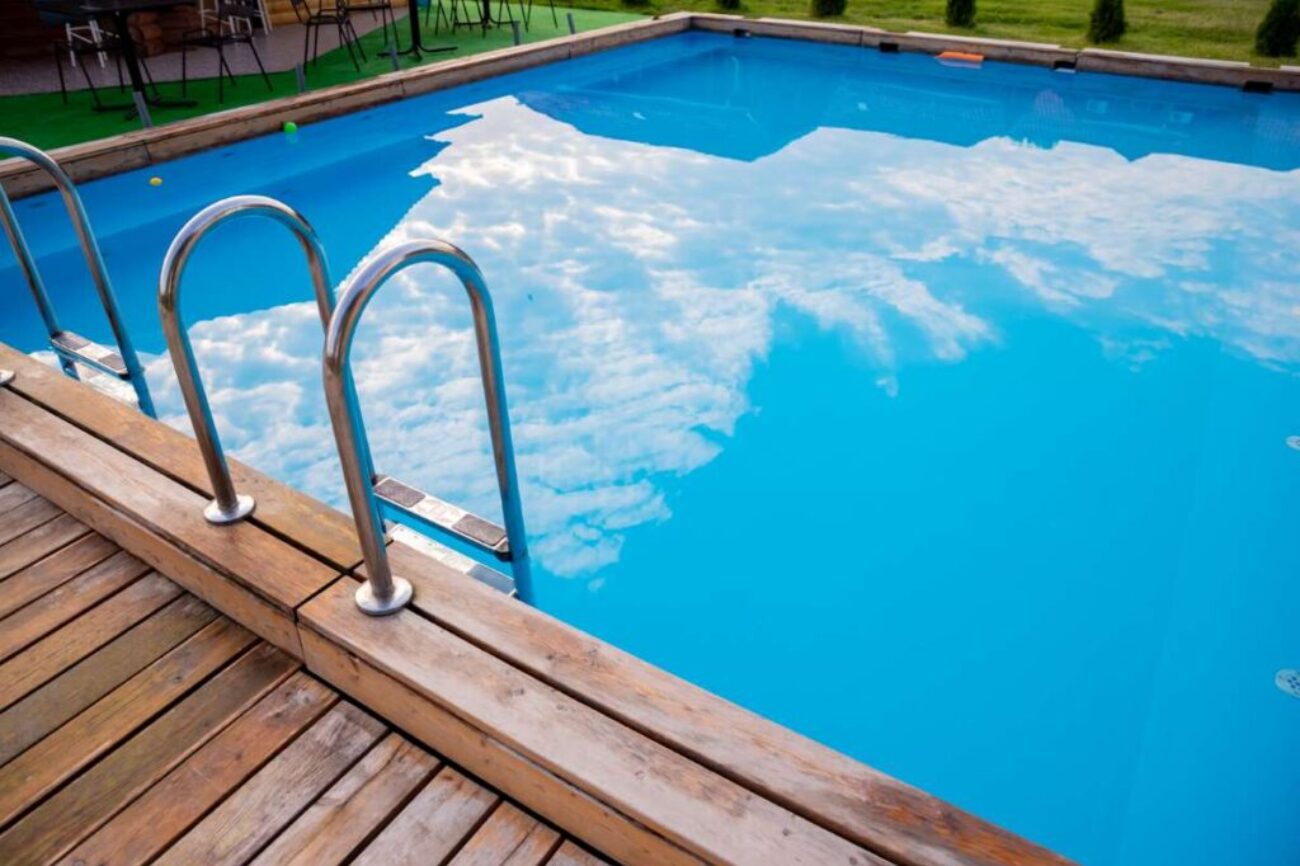How Seasonal Trends Drive Demand for Pool Automation Services
As we dive into the world of pool automation services, understanding how seasonal trends influence demand is crucial for business success. This article will explore the intricate relationship between seasonal changes and the growing need for automated pool solutions, providing insights into market dynamics, consumer behavior, and the advantages of embracing automation in the pool maintenance industry.
Introduction
The swimming pool industry is a vibrant and ever-evolving market, with seasonal trends playing a pivotal role in shaping consumer demand. As we transition through the year, varying weather patterns, holidays, and lifestyle changes significantly influence how pool owners manage their investments. In recent years, the emergence of pool automation services has revolutionized the way homeowners interact with their pools. Not only do these technologies enhance convenience, but they also optimize efficiency and reduce maintenance costs. This blog post will delve into how seasonal trends drive demand for pool automation services, exploring key factors and insights that business owners and potential investors should consider.
Understanding Seasonal Demand Fluctuations
- Seasonal changes greatly affect the demand for pool automation services, particularly in regions with distinct climates. For instance, warmer months typically see a spike in pool usage, leading to a heightened interest in automation for convenience and efficiency. According to industry data, the demand for automated pool cleaning systems surges by nearly 40% as summer approaches, illustrating how climate impacts purchasing decisions.
- In states like Florida and Texas, where pools are a year-round investment, seasonal trends may not be as pronounced, but they still exist. Homeowners often prepare their pools for the peak summer season, leading to increased inquiries for automation services during the spring months. This is when pool owners look to invest in technology that simplifies their maintenance routines, ensuring their pools are always ready for use.
- Anecdotal evidence from pool service professionals suggests that customers are more likely to invest in automation when they notice a rise in outdoor activities like barbecues and pool parties, which are typically planned for warmer months. As pool owners seek to enhance their recreational experiences, the demand for automation services follows suit.
The Impact of Technological Advancements
- The evolution of technology has made pool automation more accessible and appealing to homeowners. With the advent of smart home systems, pool automation solutions have integrated seamlessly into wider home management platforms. This technological integration aligns with growing consumer preferences for convenience and control, driving demand as homeowners seek to simplify their lives.
- For example, automated pool cleaners, heaters, and lighting systems can now be controlled remotely through smartphones or voice-activated devices. This level of accessibility aligns with seasonal trends; as warmer weather approaches, homeowners are more motivated to invest in these automated solutions to enhance their outdoor spaces.
- Case studies from leading automation manufacturers indicate that product launches in early spring often lead to increased sales. This correlation highlights how businesses can strategically time their marketing efforts to align with seasonal demand peaks. By promoting new features or discounts ahead of the summer season, businesses can effectively capture consumer interest.
Consumer Behavior and Lifestyle Changes
- Seasonal changes also influence consumer behavior in the pool maintenance sector. During the winter months, for instance, pool owners are less likely to invest in new technologies, as their focus shifts to winterization and maintenance. However, come spring, excitement about the upcoming summer season drives a renewed interest in enhancing outdoor experiences.
- Moreover, lifestyle changes post-pandemic have led to more families investing in their home environments, particularly outdoor spaces. With many people turning to their backyards for leisure activities, the demand for pool automation is rising as families seek to create enjoyable and hassle-free environments.
- Market research indicates that consumers are more likely to prioritize automation solutions that offer energy efficiency and lower maintenance costs. This trend aligns with seasonal changes, as homeowners become more conscious of their utility bills during the peak summer months when pool usage is at its height.
The Role of Marketing Strategies
- Understanding seasonal trends is essential for businesses in the pool automation sector to develop effective marketing strategies. By analyzing past sales data and customer behavior, companies can tailor their promotions to align with seasonal demand.
- For instance, offering discounts on automated pool systems or packages during the spring can encourage early purchases, capturing customers before the summer rush. Additionally, educational campaigns highlighting the benefits of automation, such as reduced maintenance and enhanced leisure time, can resonate well with homeowners preparing for the warm months.
- Businesses can leverage digital marketing platforms to target specific demographics during peak seasons. Seasonal ads on social media platforms can attract attention and drive traffic to company websites, increasing inquiries and sales.
Best Practices for Pool Automation Installation
- With the demand for pool automation services on the rise, it is crucial to establish best practices for installation to ensure customer satisfaction and repeat business. Proper installation not only maximizes the benefits of automation but also builds trust with clients.
- When preparing for peak seasons, pool service professionals should prioritize training their teams on the latest automation technologies. This knowledge enables service providers to offer informed recommendations and installation services tailored to individual customer needs.
- Additionally, creating a seamless post-installation follow-up process can enhance customer experiences. Offering maintenance packages or free consultations for the first month can encourage referrals and foster long-term relationships with clients.
The Future of Pool Automation Services
- As we look ahead, the future of pool automation services appears promising. With technological innovations continuing to emerge, businesses that adapt to changing consumer preferences and seasonal trends will position themselves for success.
- The integration of artificial intelligence and machine learning into pool automation systems is expected to enhance user experiences further. Automated systems that learn user preferences can optimize pool maintenance schedules, ultimately leading to improved efficiency and customer satisfaction.
- Furthermore, as sustainability becomes a more significant focus for consumers, pool automation services that prioritize energy efficiency and eco-friendly solutions will likely gain traction. Offering products that reduce water and energy consumption can attract environmentally conscious customers, driving demand in a competitive market.
Conclusion
- In conclusion, understanding how seasonal trends drive demand for pool automation services is essential for industry professionals and business owners. By recognizing the impact of seasonal changes on consumer behavior, leveraging technological advancements, and implementing effective marketing strategies, companies can capitalize on these trends to enhance their growth potential.
- As the pool maintenance industry continues to evolve, embracing automation will be key to meeting the demands of modern homeowners. With the right approach, businesses can thrive in this dynamic market and provide valuable solutions that enhance the pool ownership experience.
- For those interested in exploring opportunities within the pool services sector, be sure to check out Pool Routes for Sale and discover how you can take advantage of established customer bases and immediate revenue potential.



